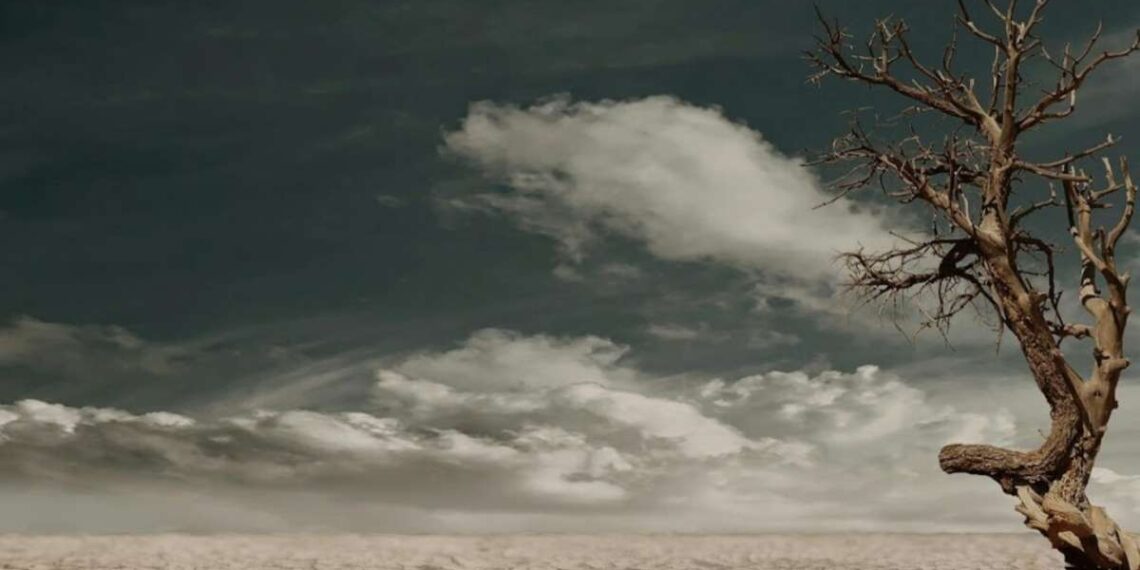In environmental history, the interrelation between capitalism, the climate crisis, and methodological challenges is examined through the lens of how human societies have interacted with and impacted the environment over time, with a particular focus on the long-term consequences of these interactions.
Capitalism and Environmental Impact
Capitalism as an economic system is rooted in the extraction of natural resources, industrial production, and the growth of consumption. Environmental historians argue that capitalist expansion, especially during the Industrial Revolution, accelerated environmental degradation. The demand for raw materials, the rise of factory-based production, and the pursuit of profit without considering ecological limits led to widespread deforestation, pollution, and the depletion of natural resources.
Capitalism’s need for continuous growth, coupled with its focus on profit maximization, is seen as a major driver of environmental crises, including climate change. Fossil fuel extraction, agricultural expansion, and industrial emissions were integral to economic growth but contributed directly to the climate crisis.
Mass Media’s response to climate change issues
An analysis by the media sustainability group Albert found that “cake” was mentioned 10 times as much as “climate change” on UK TV programs in 2020. “Scotch egg” scored double as compared to the mentions of “biodiversity.” “Banana bread” overtopped “wind power” and “solar power.”.
It is admitted that the media are not society and that television stations have an interest in promoting banana bread and circuses. We could argue about the extent to which the media are either reflecting or raising an appetite for cake over climate. But I suspect that, of all the ways we might weigh our advancement on preventing systemic environmental collapse, the decisive index is found in the cake-to-climate ratio.
The current ratio reflects a determined commitment to impertinence in the face of global catastrophe. Tune in to almost any radio station, at any time, and you can hear the frenetic at work. While around the world wildfires rage severely, floods sweep cars from the streets, and crops crimple, you will hear a debate about whether to sit down or stand up while pulling on your socks or a discussion about charcuterie boards for dogs.
Climate Crisis: The Ultimate Fate of Capitalism
The climate crisis is often viewed as a direct outcome of capitalist development. The burning of fossil fuels, which powered industrial growth and economic expansion, significantly increased greenhouse gas emissions, leading to global warming, extreme weather events, rising sea levels, and other climate-related disruptions.
Environmental historians note that capitalism’s focus on short-term economic gain often overlooks or downplays long-term ecological consequences, such as climate change. The historical development of energy systems, land-use patterns, and global trade in the capitalist framework have all exacerbated the climate crisis.
As we know, our lives entirely rely on complex natural systems: the atmosphere, ocean currents, the soil, and the planet’s webs of life. In a study by concerned people on these complex systems, it has been discovered that they behave in consistent ways. No matter whether it is a banking network, a nation-state, a rainforest, or an Antarctic ice shelf, its dealing follows certain mathematical rules. In standard conditions, the system leads itself, maintaining a state of equilibrium. It can absorb stress up to a certain point. But all of a sudden, it flips. When it passes a tipping point, it falls into a new state of equilibrium, resulting in a condition often impossible to reverse.
Likewise, human civilization depends on current equilibrium states. But crucial systems appear to be marching towards their tipping points. If one system crashes, it is likely to drag others down, inciting a cascade of chaos known as systemic environmental collapse. This is what caused to happen during previous mass extinctions.
A belt of savannah, known as the Cerrado, possesses central Brazil. Its vegetation relying on dew forming depends on deep-rooted trees drawing up groundwater, then releasing it into the air through their leaves. But over the past few years, vast tracts of the Cerrado have been emptied to plant crops—mostly soya to feed the world’s chickens and pigs. As the trees are shrunk, the air gets drier. This means smaller plants taste demise, ensuring that even less water is circulated. In reconciliation with global heating, some scientists warn this corrupt cycle could—soon and suddenly—alter the entire system into desert.
The Cerrado is the source of some of South America’s great rivers, including those flowing north into the Amazon reservoir. As less water feeds the rivers, this could aggravate the stress afflicting the rainforests. They are being hammered by a deadly combination of wiping, burning, and heating, and are already threatened with possible systemic collapse.
Methodological Challenges
Environmental historians face methodological challenges when studying the intersection of capitalism and the climate crisis. One key challenge is tracing the historical development of environmental degradation and understanding its long-term effects, especially when the impacts of climate change are global and cumulative.
There is also the difficulty in connecting specific historical events (such as the rise of industrial capitalism) with specific environmental outcomes (such as the increase in atmospheric CO2 levels). The interdisciplinary nature of environmental history requires historians to use methods from economics, ecology, and social sciences, leading to complexity in analyzing historical data.
Another challenge is the need for long-term perspectives. The environmental impacts of capitalism and climate change often extend over centuries, making it difficult to link immediate economic activities with future environmental consequences. This temporal gap requires innovative methods to reconstruct historical environmental conditions and understand the relationships between past economic practices and present ecological crises.
The way capitalists eyewash
The money can persuade themselves they’ve gone green because they recycle.
We are rightly horrified by the image of a seahorse with its tail covered around a cotton bud, but apparently unconcerned about the deterioration of entire marine ecosystems by the fishing industry.
A company named Soletair Power gained wide media coverage for its claim to be “fighting climate change” by catching the carbon dioxide exhaled by office workers. But its carbon-sucking device—an environmentally pricey tower of steel and electronics—extracts just 1 kg of carbon dioxide every eight hours. Humanity produces, mostly by burning fossil fuels, nearly 32bn kg of CO2 at the same time.
This can’t be believed; our focus on microscopic solutions is accidental, even if it is unconscious.
Puncture the shield to survive.
The first thing we confront, looming out of the depths, should scare us almost out of our senses. It’s called growth. Economic growth is universally hymned as a good thing. Governments measure their progress on their ability to deliver it. But raise a brainstorm for a moment about what it means. Say we achieve the sought aim, recognized by bodies like the IMF and the World Bank, of 3% global growth a year. This means that all the economic activity you observe today—and most of the environmental impacts it causes—gets two times in 24 years; in other words, by 2050. Then it doubles again by 2075. Then again by 2100. It’s similar to the Gemino curse in Harry Potter and the Deathlike Hallows, which multiplies the treasure in the Lestrange vault until it menaces to crush Harry and his friends to death. All the crises we seek to avert today become twice as hard to address as global economic activity doubles, then twice again, then twice again.
There are some species of caddisfly whose survival depends on breaking the surface film of the water in a stream. The female pushes through it—no mean feat for such a small and delicate creature—and then swims down the water column to lay her eggs on the riverbed. If she cannot penetrate the surface, she cannot complete the circle of life, and her progeny die with her. This is also the human story. If we can’t rend the glassy surface of distraction and engage with what lies beneath, we will not be able to secure the survival of our children or, perhaps, our species.
By the way, environmental history explores how the growth of capitalism has contributed to the climate crisis and the methodological challenges faced in understanding these complex relationships over time. Historians must navigate between economic, ecological, and social dimensions, often confronting gaps in data, long-term causality, and the global scale of environmental issues.




